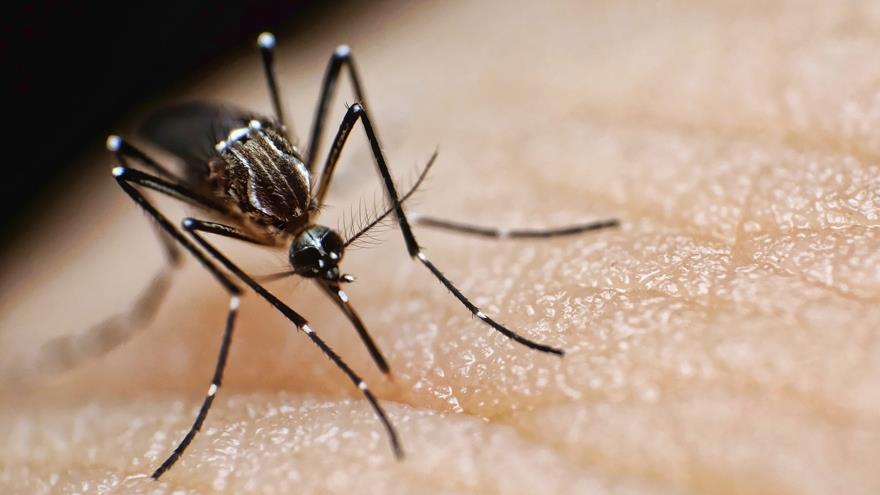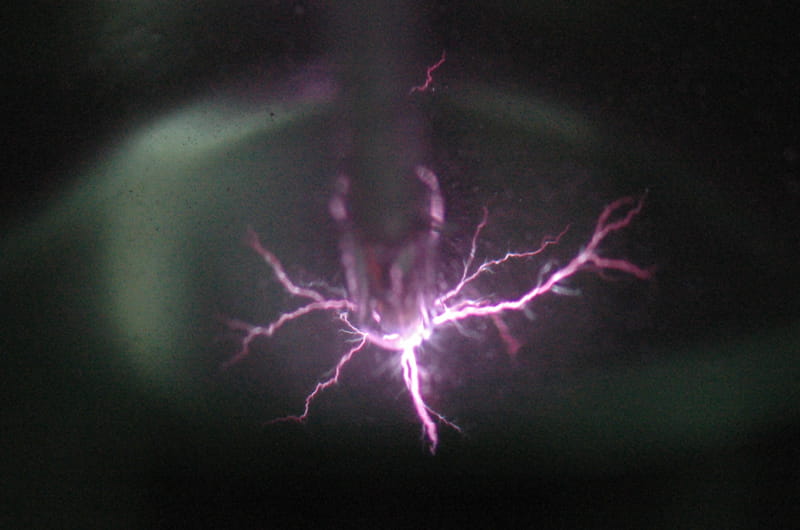Drexel to Establish NSF Plasma Research and Development Center with Michigan and George Washington

- Mosquitoes' Bloodsucking Tubes Could Enable High-Definition 3D Printing
- Drexel Selects New, World-Class Life Sciences Building at 3201 Cuthbert Street for Medical Research Operations
- Breakthrough on Gene Therapy for Hereditary Spastic Paraplegia
- Drexel Environmental Collaboratory Releases Cross-Sector Findings on Severe Weather Recovery Challenges

Plasma, a lesser-known fourth state of matter, is commonly found in neon signs, high-definition televisions and lightning. But researchers are looking at applying the electrically activated gas as a sterilization tool in medicine and food processing and for a variety of other uses ranging from water treatment to wound healing.
Activated ionized gas, commonly called plasma, has for years been used to sterilize medical tools, produce, pharmaceuticals — and just about anything that passes over an assembly line and could end up in someone’s body. The low-temperature gas, activated by an electric field, is painless to the touch, but powerful enough to kill bacteria that cause infections. Recent technological developments, that allow the gas to be excited in a pressurized environment, have made plasma an even more powerful tool. With support from the National Science Foundation, researchers from Drexel University, the University of Michigan and George Washington University will work with interested companies to uncover new ways to use this high-pressure plasma technology.
Led by Drexel, the Center for High Pressure Plasma Energy, Agriculture and Biomedical Technologies (C-PEAB), which will have a physical presence at all three universities, is funded by a five-year NSF grant intended to closely involve industry partners at the early stages of basic research as a way of ensuring that it is progressing toward applicable findings.
“By deepening our understanding of plasma systems and how they interact with their environment, this work will help expand the use of low temperature plasma for applications such as food processing, agriculture, fuel conversion, medical and industrial waste water treatment, and many other new areas,” said Alexander Fridman, PhD, director of Drexel’s Nyheim Plasma Institute and a professor in Drexel's College of Engineering, who will also serve as director of the new center.

Most people encounter plasma in televisions or neon signs, but this fourth state of matter — which was formally identified just over a century ago — has actually been working behind the scenes to keep our fruit, water and air clean and to keep diseases out of hospitals and doctor’s offices for quite some time.
Low-temperature plasma has proven to be a useful tool for disinfecting and coating surfaces because of its unique ability to create and direct highly reactive species in a gas, including charges, reactive oxygen and nitrogen, and electrons. These reactive species can then be used to neutralize bacteria and viruses — in food safety and food processing applications; or to provide high efficiency catalysis — for applications in energy, bioengineering and pharmaceutical industries, to create new products.
The field of plasma research has been around for several decades, but researchers’ understanding of the chemical mechanisms that allow it to function the way it does is still coming into focus. Gaining a deeper understanding of the science behind plasma, with guidance from industry professionals who have been using it for years, should result in broadening its use — which is the intent of this type of NSF support.

“Academic researchers will investigate the scientific basis of the low-temperature plasma used in energy, environmental, water, food safety and food processing, and medical and bioengineering sectors,” Fridman said. “Through collaboration with industry members of C-PEAB, these fundamentals will be translated into improving and creating new technologies to address challenges in these areas.”
The Nyheim Plasma Institute has been at the forefront of plasma technology research and development since 2002, with projects ranging from water-to-energy conversion, air and water treatment, to blood coagulation control, wound healing and tissue regeneration. Over the years, the Institute has collaborated with many companies, including Johnson & Johnson, Air Products, Kodak, Lockheed Martin and Campbell Soup Company.

Drexel’s model for industry collaboration will serve as the groundwork for similar partnerships the NSF is supporting through the Center. More than 30 companies have already expressed interest by participating in the planning meeting for the Center.
“By providing an environment that focuses on fundamental understanding of these systems, combined with industry engagement through collaborative research, industry residencies and co-operative learning opportunities, we will accelerate the growth of low-cost repeatable solutions for the domestic high-tech industry,” Fridman said.
In This Article
Contact
Drexel News is produced by
University Marketing and Communications.